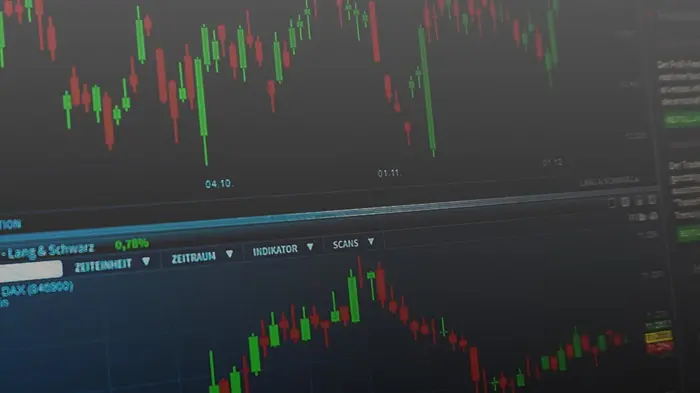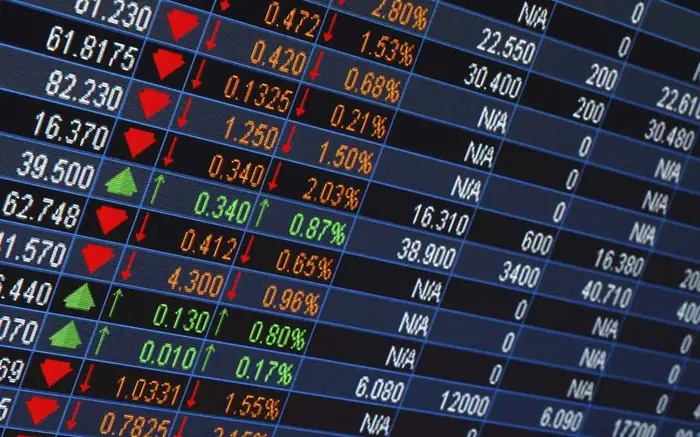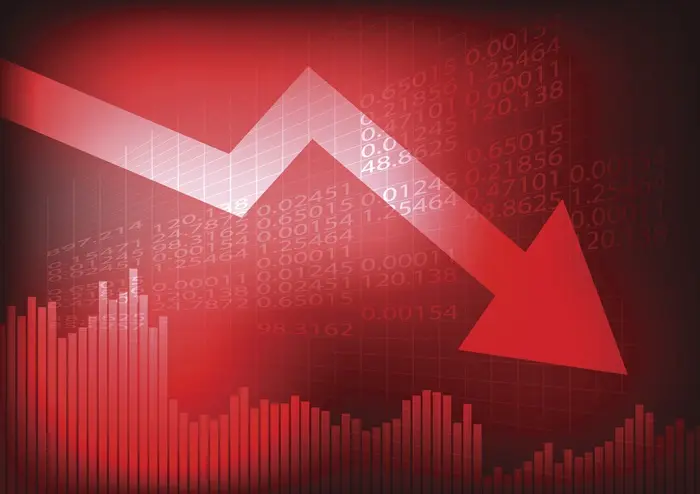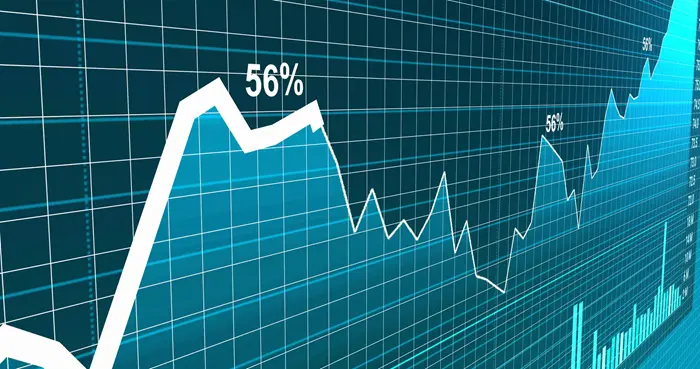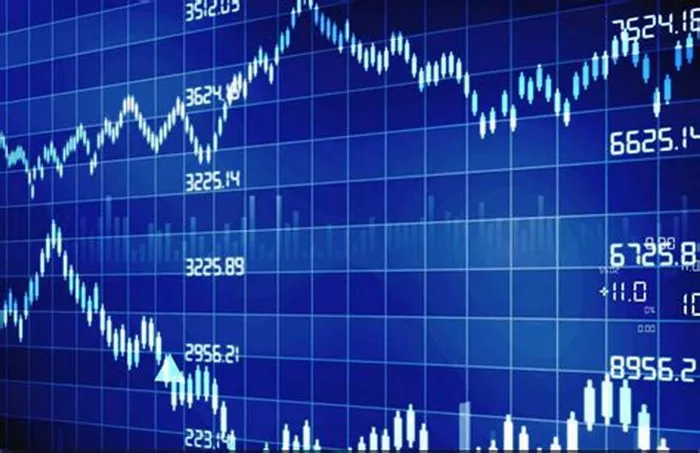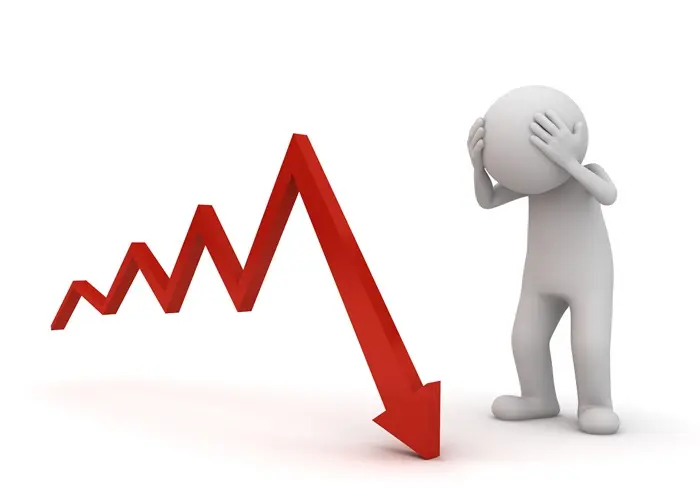When trading stocks, technical analysis plays a critical role in helping investors make informed decisions. By using various technical indicators, traders analyze past market data, primarily price and volume, to forecast future price movements. While there are many different technical indicators available, some are more reliable and widely used than others.
In this article, we will discuss the best technical indicators for stocks, how they work, and how to use them effectively in your stock trading strategy. Whether you’re a beginner or an experienced trader, understanding these indicators will help you make more informed decisions in the stock market.
What Are Technical Indicators?
Definition of Technical Indicators
Technical indicators are mathematical calculations based on the price, volume, or open interest of a security. These indicators help traders assess market conditions, predict price trends, and make informed buying or selling decisions. Technical analysis involves the use of these indicators to understand past market behavior and anticipate future movements.
Types of Technical Indicators
There are several types of technical indicators used by stock traders. These include:
Trend Indicators: These indicators help identify the direction of a stock’s price movement.
Momentum Indicators: Momentum indicators measure the speed or strength of a price movement.
Volatility Indicators: These indicators gauge the degree of price fluctuation in a stock.
Volume Indicators: Volume indicators help analyze the trading activity associated with price movements.
Market Strength Indicators: These indicators measure the overall market sentiment and can help assess if a trend is likely to continue or reverse.
While all technical indicators provide valuable insights, some have proven to be more effective in predicting stock price movements. Below are the most popular and reliable technical indicators used by traders worldwide.
The Best Technical Indicators for Stocks
1. Moving Averages (MA)
What Are Moving Averages?
A moving average (MA) is one of the simplest and most widely used technical indicators. It is used to smooth out price data over a specified period and helps identify trends by filtering out the “noise” from random price fluctuations. There are two main types of moving averages: simple moving average (SMA) and exponential moving average (EMA).
How to Use Moving Averages
SMA: The simple moving average calculates the average of a stock’s closing prices over a specific time period. For example, a 50-day SMA is the average closing price of the stock over the past 50 days. Traders often use SMA to identify the overall trend and potential support and resistance levels.
EMA: The exponential moving average gives more weight to recent prices, making it more responsive to current market conditions. The 12-day and 26-day EMAs are commonly used for short-term trends, while the 50-day and 200-day EMAs are used for long-term trends.
Traders often look for crossovers of shorter-term moving averages over longer-term moving averages as potential buy or sell signals. For example, if the 50-day EMA crosses above the 200-day EMA, it may signal a bullish trend.
2. Relative Strength Index (RSI)
What Is the Relative Strength Index?
The Relative Strength Index (RSI) is a momentum oscillator that measures the speed and change of price movements. RSI is used to identify overbought or oversold conditions in a stock. It ranges from 0 to 100, with values above 70 indicating overbought conditions and values below 30 indicating oversold conditions.
How to Use RSI
Overbought/Oversold: When RSI is above 70, the stock may be overbought, signaling a potential reversal or pullback. When RSI is below 30, the stock may be oversold, which could indicate a buying opportunity.
Divergence: RSI divergence occurs when the price of the stock is moving in the opposite direction of the RSI. For example, if the stock price is making new highs but RSI is failing to do so, it could signal a potential reversal.
RSI is often used in conjunction with other indicators to confirm buy or sell signals.
3. Moving Average Convergence Divergence (MACD)
What Is MACD?
The Moving Average Convergence Divergence (MACD) is a trend-following momentum indicator that shows the relationship between two moving averages of a stock’s price. The MACD line is the difference between the 12-day EMA and the 26-day EMA, while the signal line is the 9-day EMA of the MACD line.
How to Use MACD
MACD Crossovers: When the MACD line crosses above the signal line, it is considered a bullish signal, indicating a potential buying opportunity. When the MACD line crosses below the signal line, it is considered a bearish signal, suggesting a potential selling opportunity.
Divergence: Similar to RSI, MACD divergence occurs when the stock price moves in the opposite direction of the MACD, signaling potential reversals.
MACD Histogram: The histogram represents the difference between the MACD and the signal line. It helps traders visualize momentum and potential trend changes.
MACD is one of the most popular indicators used for both trend following and momentum trading.
4. Bollinger Bands
What Are Bollinger Bands?
Bollinger Bands are volatility indicators that consist of three lines: the middle band is a simple moving average (typically a 20-day SMA), while the upper and lower bands are set two standard deviations away from the middle band. These bands expand and contract based on market volatility, with wider bands indicating higher volatility and narrower bands indicating lower volatility.
How to Use Bollinger Bands
Price Breakouts: When a stock price moves above the upper band or below the lower band, it may indicate a potential breakout or breakdown. Traders often interpret these breakouts as buying or selling signals.
Mean Reversion: If the stock price reaches the upper or lower band, it could indicate that the stock is overbought or oversold, suggesting a potential reversal. However, prices can remain outside the bands for extended periods in strong trends.
Bollinger Bands are effective for identifying potential price breakouts and assessing market volatility.
5. Volume
What Is Volume?
Volume refers to the number of shares traded during a given period. Volume is one of the most important indicators because it can help confirm the strength of a price move. A significant price move accompanied by high volume suggests that there is strong market participation, which may indicate the sustainability of the trend.
How to Use Volume
Volume Confirmation: Traders often look for price moves that are supported by high volume as a sign of strength. For example, a breakout above a resistance level is more reliable if it is accompanied by high volume.
Volume Divergence: When a stock’s price is rising or falling, but volume is decreasing, it could signal a potential reversal or weakening of the trend.
Volume indicators like On-Balance Volume (OBV) and Chaikin Money Flow (CMF) are used to confirm price trends and provide insights into market sentiment.
6. Fibonacci Retracement
What Is Fibonacci Retracement?
Fibonacci retracement is a technical tool used to identify potential levels of support and resistance. The tool is based on the Fibonacci sequence, and key retracement levels are drawn at 23.6%, 38.2%, 50%, 61.8%, and 100% of a price movement. Traders use these levels to predict potential price reversals.
How to Use Fibonacci Retracement
Support and Resistance Levels: Traders use Fibonacci retracement levels to identify areas where the price may reverse or stall. If the price pulls back to one of these levels, it may offer a good entry or exit point.
Trend Reversals: If the stock price breaks through one of the key Fibonacci levels, it could signal a continuation of the trend.
Fibonacci retracement is widely used in combination with other technical indicators to improve the accuracy of price predictions.
7. Stochastic Oscillator
What Is the Stochastic Oscillator?
The Stochastic Oscillator is a momentum indicator that compares a stock’s closing price to its price range over a specific period. The indicator oscillates between 0 and 100, with values above 80 considered overbought and values below 20 considered oversold.
How to Use the Stochastic Oscillator
Overbought/Oversold Conditions: A reading above 80 suggests that the stock may be overbought and could be due for a pullback. A reading below 20 indicates that the stock may be oversold and could be due for a rally.
Crossovers: The Stochastic Oscillator generates buy or sell signals when its %K line crosses above or below the %D line, respectively.
This indicator is useful for identifying overbought or oversold conditions and can help predict trend reversals.
Conclusion
Technical indicators play a crucial role in helping traders make decisions in the stock market. Each indicator provides a unique perspective on price movements, market trends, momentum, and volatility. The best technical indicators for stocks vary depending on the trading strategy, but the most widely used indicators include Moving Averages, RSI, MACD, Bollinger Bands, Volume, Fibonacci Retracement, and the Stochastic Oscillator.
By understanding how each indicator works and how they can be used together, traders can improve their ability to predict market movements and make more informed trading decisions. However, it is important to remember that no single indicator guarantees success, and effective trading requires careful analysis, risk management, and continuous learning.
Related topics:


